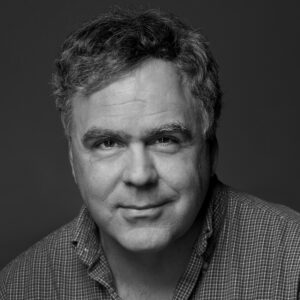Providence
After weeks working side-by-side in a tiny nut-free bakery, Susan Lagasse and her young apprentice reached what was perhaps their most fraught lesson: the scourge of cake crumbs in buttercream frosting.
“Once you have a little crumb, it spreads throughout the entire cake,” said Lagasse. “It’s like a disease.”
The apprentice, 17-year-old Caroline Bonga, nodded in agreement. For the past several weeks, she’d been spending a lot of her time on crumb control at Lagasse’s bakery, Awesome Sweets, covering naked cakes with a base layer of frosting prior to decoration.
Across the small table sat Lillian John, who gently guided the conversation back to a key question: How can we end this internship with a bang?
John is an adviser at The Metropolitan Regional Career and Technical Center, a legendary public high school universally known as The Met. For more than a quarter of a century, Met advisers have been sitting in on meetings like these, transforming work-focused internships and student-driven exhibitions into a coherent education for some of the state’s neediest students.
Originally housed in space shared with the University of Rhode Island, in 2002 The Met opened in its current configuration in the Upper South Side, Providence’s poorest neighborhood. Built on the site of abandoned housing, next to a former hospital, the school sits on a wide-open swath of green with four small schools, each in a corner of campus.
The size is intentional: Each school houses fewer than 150 students, in core groups of 14 to 18, led by a single adviser like John who guides them from freshman to senior year.
It’s an unusual arrangement that leads to something rare in high school: long-term, trusting relations between kids and adults that bear fruit in ways most schools never aspire to, said Met Co-Director Nancy Diaz.
Schools should be small, she said, their relationships loving and caring. “That’s what we do.”
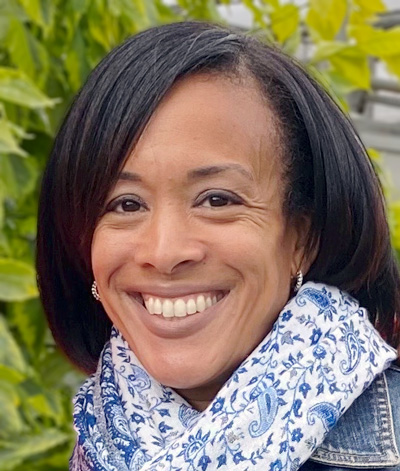
While they meet with their entire groups several times a week, advisers don’t necessarily teach traditional classes, instead spending much of their time managing students’ individualized learning plans.
In fact, the only subject routinely taught in a traditional classroom is math, and that’s via a designated specialist. Virtually everything else a student needs to learn, according to The Met, comes from projects, individualized assignments from advisers and, most notably, internships in the real world, like Bonga’s at the nut-free bakery.
As a result, most days students come and go in a relaxed fashion, an experience more akin to an elite college campus or white-collar workplace than a teeming high school.
‘The plan behind the madness’
Created in 1996 by educators Dennis Littky and Elliot Washor, The Met has quietly become a touchstone among educators nationwide seeking to create small, personalized high schools around relevant, career-focused aspirations. Its enrollment is highly diverse: 79% are students of color and 71% come from low-income families. Its latest graduation rate: 96%.
Twenty-seven years later, The Met essentially runs its own school district, one that comprises these four schools as well as two others here and in Newport, R.I., with a total enrollment of about 820 students. Its enrollment is lottery-based, with a waiting list that resets each year so students can’t be on it for more than one year. No entrance exam is required.
Like many Met students, Mei Mei Long, class of 2017, took a while to discover its possibilities. “I didn’t really like it the first year,” she admitted at a recent alumni gathering.
Interested in medicine when she arrived as a freshman, Long found she couldn’t find any internships in the field that would enroll a 14-year-old. So she broadened her criteria and tried out a host of different topics, eventually settling on international relations. Six years later, it’s now the topic of a masters degree she’s earning at URI, a top destination for Met students.
“It definitely helped me prepare to be more independent in school as well in the career field,” she said. “I’m not afraid to just go out there and learn new things.”
Jordan Maddox, class of 2007, floundered at two traditional high schools before he applied to The Met for junior year. An aunt and cousin worked there and urged him to consider it.
One look at its flexible structure and dearth of organized classes and he didn’t quite know what to make of the place. “I remember telling my mother, ‘Mom, this is a daycare for high school students.’ And she was like, ‘Give it a chance. Give it time.’”
After a disastrous first quarter, Maddox’s adviser took him aside and gently noted that he was doing just enough to get by — and it showed in his projects. That wasn’t good enough, she said.
It would take him a few months to grasp “the plan behind the madness,” as he calls it: “I realized I wasn’t doing much with my time, and students around me were making things happen.” They’d created impressive internships and other experiences.
After taking in a few classmates’ quarterly independent-study exhibitions, he stepped back and realized that those who were using their time wisely “had excellent exhibitions.” Students who “loafed around” had terrible ones.
Then he got it: “The Met is similar to the real world. What you put in is what you will receive.”
Maddox began challenging himself in subsequent efforts, in the process tapping into his own interests. A year later, he developed an ambitious, eight-week afterschool curriculum for children that explored R&B, jazz and the Motown sound. He raised enough money to take a group of students on a two-week summer trip to Detroit, Memphis and Chicago, one that brought them to Motown’s headquarters and other music-related sites.
“I think that’s what the Met taught me: Don’t really limit yourself.”
‘They’re not just hanging with 15-year-olds’
The power of the internships stems from two simple realities: They push teens to try lots of new things, and to spend time with adults, not peers.
After 27 years of sending students into the workplace, The Met maintains a database of more than 6,000 internship sites. They typically run for about three months, and most students do two or three per school year.
“They can realize what they love, what they hate, and what they really want to focus on,” said Diaz, the co-director.
One of senior Angel Feliz’s recent internships had him helping an architecture firm power a homeless shelter with solar energy — a resume-worthy credential. But in the process, Feliz realized he didn’t enjoy working in an office “where everybody was super quiet.”
So he focused instead on information technology, and last spring interned at the University of Rhode Island’s more convivial, far less quiet, I.T. Department. His latest assignment: Improving cybersecurity and updating databases at its College of Pharmacy.
“You go through a lot of trial and error here,” he said, “but through that you understand what you do like.”
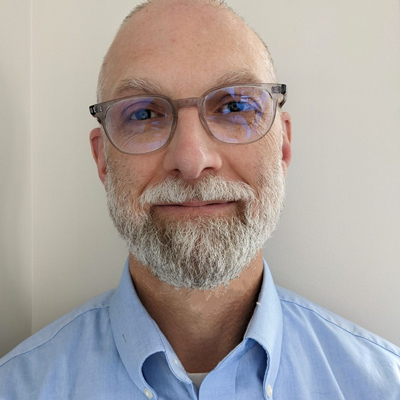
Curriculum Director Joe Battaglia said one of the school’s key values is to help students build their extended social networks, which can be particularly difficult for students of color. That’s not something most high schools do, he said.
Co-founder Littky said one key to the school is that it puts students in proximity with adults. “They’re not just hanging with 15-year-olds or 18-year-olds” all day, he said, so they learn professional behaviors that will stay with them for years. “It’s way beyond, in my mind, any other skills they get.”
Rigor vs. vigor
For critics who might scoff at the idea of a smooth crumb coat as the kind of rigorous work a high schooler should undertake, Battaglia, the curriculum director, said state standards in culinary arts likely list “smooth crumb coats” as a core competency. For what it’s worth, at nearby Johnson & Wales University, Baking & Pastry Arts 1710, its cake production course, requires students to “assemble, ice, stack, tier and finish” cakes using a variety of ingredients, including buttercream.
Battaglia also said The Met hews to a basic tenet: depth over breadth. In that sense, it reflects the values of the Coalition of Essential Schools, which for 30 years promoted not just depth but personalization, trust, and teachers as coaches.
Littky noted that the late Hungarian-American psychologist Mihaly Csikszentmihalyi, father of the concept of “flow” in work and play, has written that the way one becomes an adult thinker is to study something — anything — deeply.
In schools, Littky said, the way most adults think about rigor is all wrong: It’s about output, not input. A math teacher who fails most of his students is “rigorous,” he said, much more so than the science teacher who inspires all of his students to become scientists.
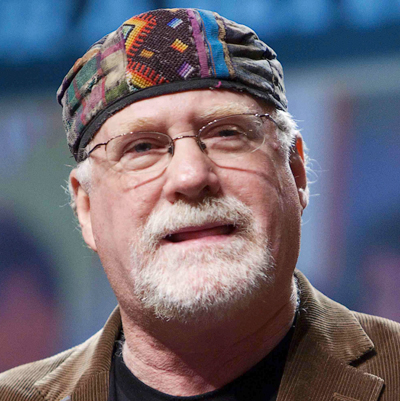
Washor, Littky’s co-founder, likes to talk about “vigor rather than rigor” — “rigor,” he jokes, is Latin for “dead and stiff.”
“Schools are places of certainty, run by churches and people who want to install certain content. But the world is uncertain. The world is alive and dynamic.”
Young people, he said, thrive in uncertainty. “They want to take risks. We want them to be measured risks. We want to go along with them on those risks.”
Since 1996, Washor has moved on to working with The Met’s umbrella non-profit, Big Picture Schools, while Littky has remained on campus as a co-director. He retired in June.
At 79, Littky is partial to wire-rimmed glasses, kufi caps and flashy sneakers. He ends his phone conversations with “Peace” and speaks plainly — on occasion, profanely — about what makes the school tick. The internships, he said, may eventually make someone like Bonga into a skilled baker, but that’s not the point. “She does great, but I don’t really give a shit” if she becomes a baker, he said. What’s important is finding what ignites her interest.
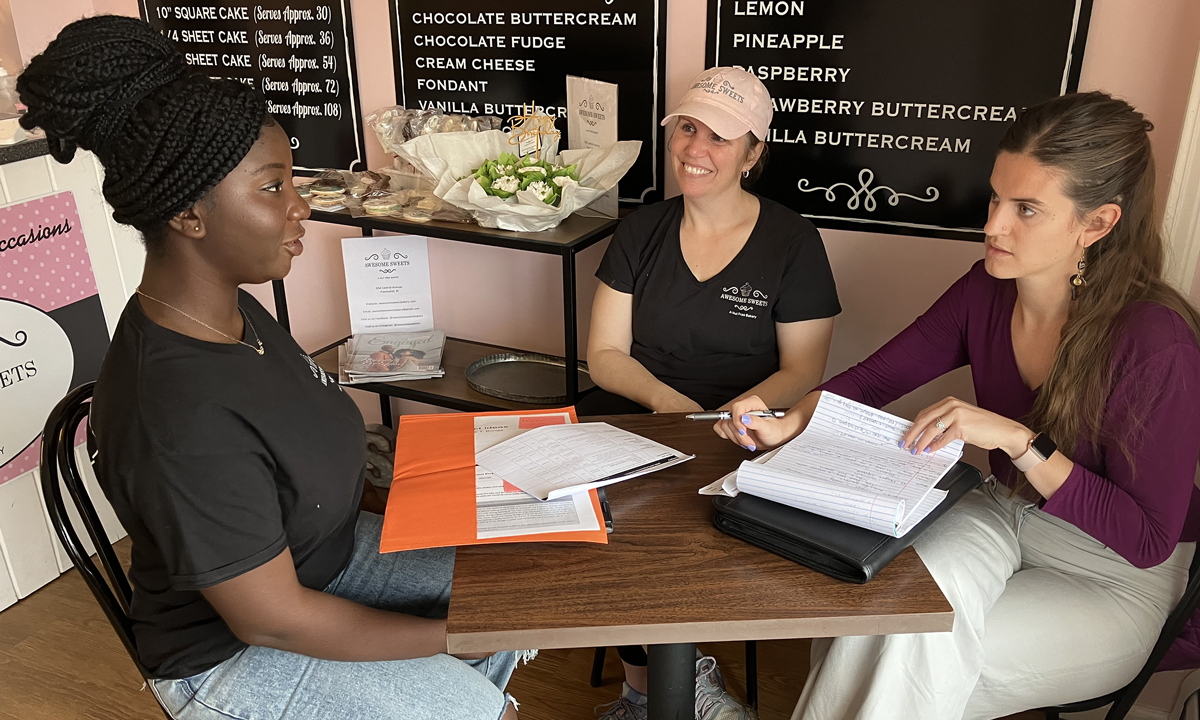
“It’s our job back here to make it deeper” than just learning how to frost a cake. “It’s really about how do you place a kid in an environment where they want to work?”
It’s a tricky formula that often takes years to get right. While a few Met students focus early on their dream careers, by the time most graduate, they’ve spent four years zig-zagging through multiple internships and experiences, often in wildly divergent fields.
Last fall, before she was a baker’s apprentice, Bonga spent two months on the water with the group Semester at Sea, sailing as far south as the Florida Keys. That got her thinking about more ways to leverage her time for travel, perhaps as a flight attendant.
Coming back to earth, someday she’d like to run her own bakery. But first she must master “the most essential skill” of the smooth crumb coat, said Lagasse, her bakery boss.
Before long, the talk at Awesome Sweets turned away from buttercream and toward Bonga’s planned year-end project: a huge, $500 cake for her school’s June 6 awards ceremony, attended by upwards of 150 people. Lagasse committed to offering her protege the space, time and resources to create it, but with Spring Break looming, Bonga would have just 10 days in the bakery.
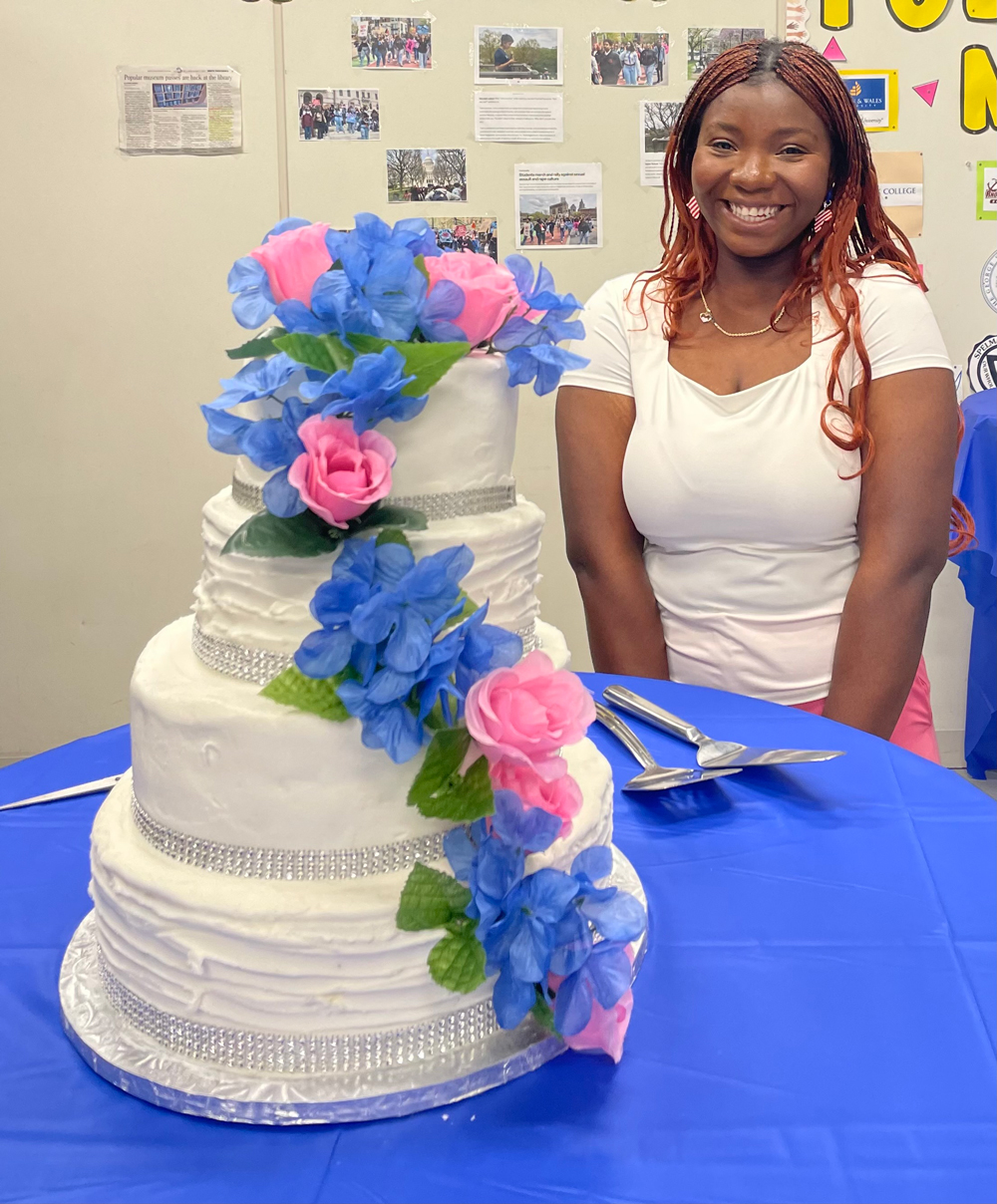
Six weeks later, she met the June 6 deadline and produced a towering, ever-so-slightly off-center, four-tiered cake in gleaming white frosting. Decorated with silky red roses and purple violets, it showed not a hint of crumb.
Get stories like these delivered straight to your inbox. Sign up for The 74 Newsletter


